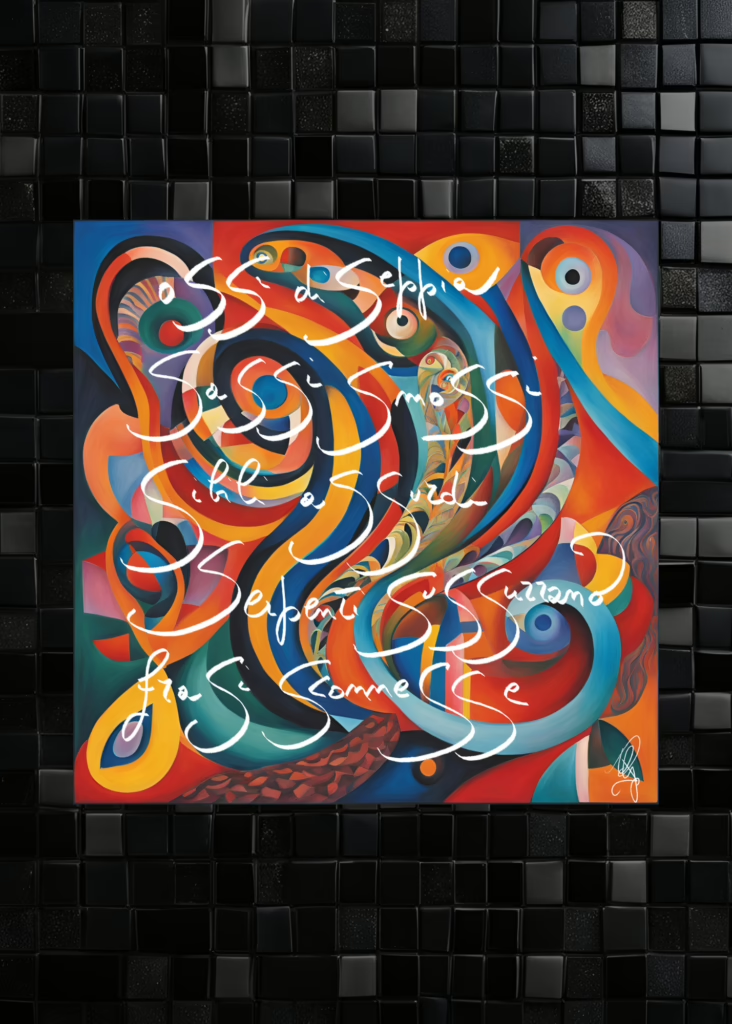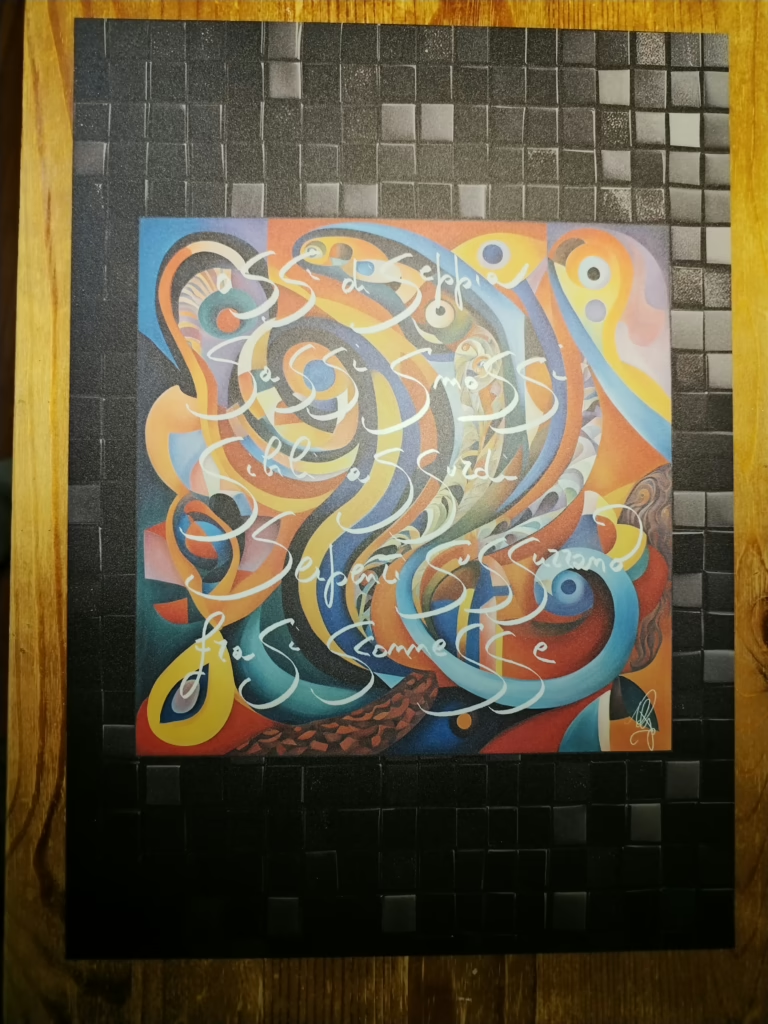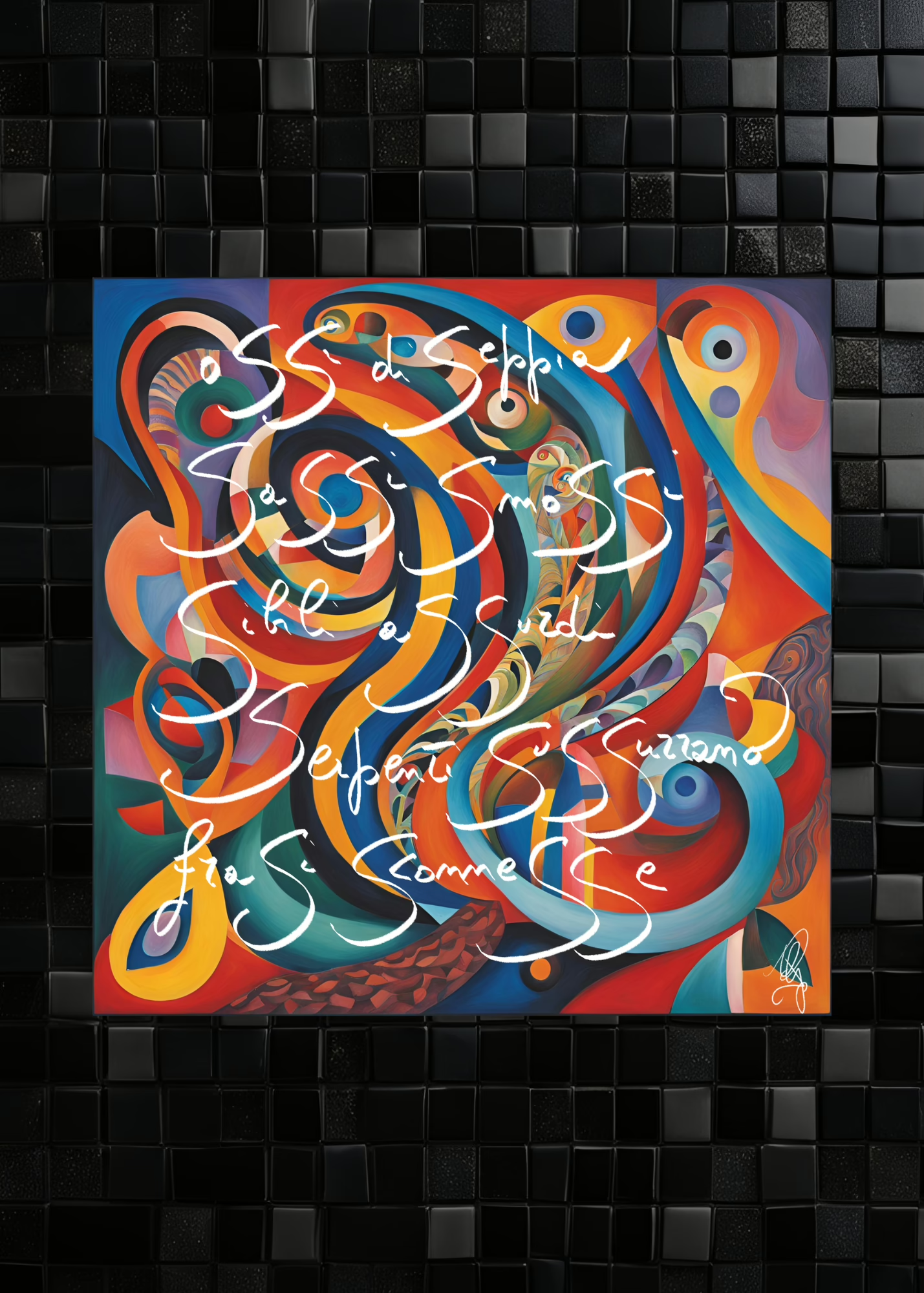Picasso’s snake

Picasso is at least as fundamental to the so-called contemporary as Duchamp
aesthetics, forms, concepts
the contemporary has absorbed everything
Picasso, the brilliant Picasso
with Georges Braque Picasso developed cubism, so many points of view represented simultaneously
he opened the door to abstractionism
he deformed and fragmented beauty
especially with Guernica he made art and the artist a tool in the hands of politics
and marketing
he would have pleased Marx, pleased Walter Benjamin
Picasso is another of the Great Masters of Western nigredo
Karl Gustav Jung sums him up well
‘When I say ‘he’, I mean that personality in Picasso who suffers the fate of the underworld, the man in him who does not turn towards the daytime world, but is fatally drawn into darkness; who does not follow the accepted ideals of goodness and beauty, but the demonic attraction of ugliness and evil. It is these anti-Christian and Luciferian forces that flow out of modern man and generate an all-pervading sense of doom, veiling the bright world of day with the mists of Hades, infecting it with a deadly decadence and finally, like an earthquake, dissolving it into fragments, fractures, discarded remnants, shreds and disorganised units. Picasso and his exhibition are as much a sign of the times as the twenty-eight thousand people who came to look at his paintings’.
Picasso’s destructive activity was rooted in the occultist Satanist humus of the 19th century
Picasso studded his works with satanic and desecrating symbolism
in his youthful self-portraits for example
in Crucifixion and Embracing Couples (1903) the head of the crucified (anti-)Christ is tilted to his left, as are his feet, surrounded by groups of embracing naked couples, some of indeterminate gender, i.e. androgynous
two earlier drawings, now both erroneously known as Allegory (1902), show the young artist kneeling naked and tumescent before a naked woman lying on the ground who opens her arms to embrace him; they are both contained in the outstretched arms of a naked winged deity, no doubt a fallen angel, partly inspired by Aubrey Beardsley’s ‘Mirror of Love’, who stands behind them – male in one drawing, female in the other
And again the anti-Christic androgyne
The so-called Christ of Montmartre (1904), standing on a window sill about to commit suicide, the dynamic of the antichrist is total, Christ is defined as a man going to commit suicide, incidentally seen in profile to the left
then there is The Burial of Casagemas (Evocation) (1901), let it only be said that the dead man, as his ‘soul’ rides upwards on a white horse, turns to his left with his arms outstretched to be embraced by a naked prostitute – an obvious take on the tradition of erotic crucifixions
and it was only with Les Desmoiselles d’Avignon (1907) that he found a way to transform the transgressive eroticism of a sacrificial rite into an artistic object with ritual values
for him, ‘the role of the painter was to forge weapons to combat every emotion of belonging to creation and celebration of life, against nature, human nature and the God who created it all’
many of today’s artists, more than a century later, feel at the forefront of sharing the same purpose


Leave a Reply